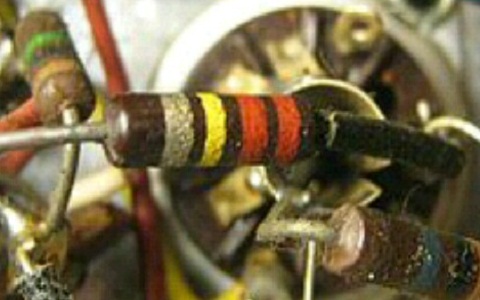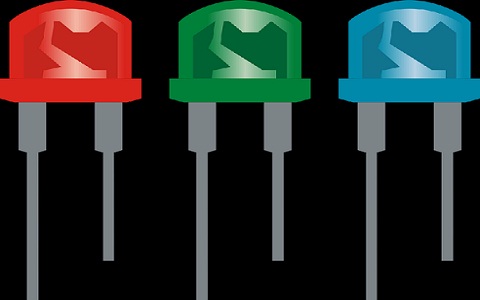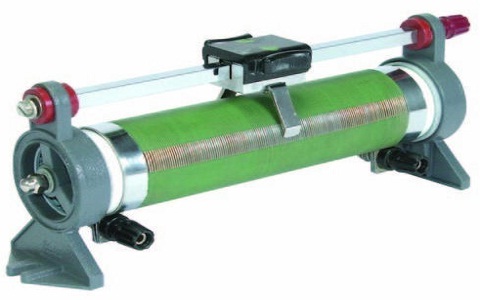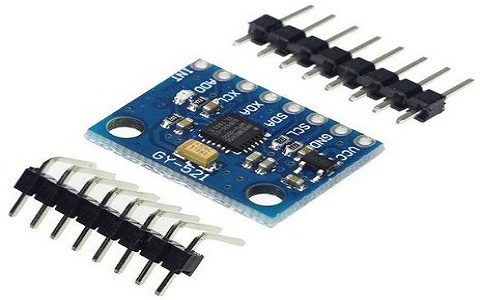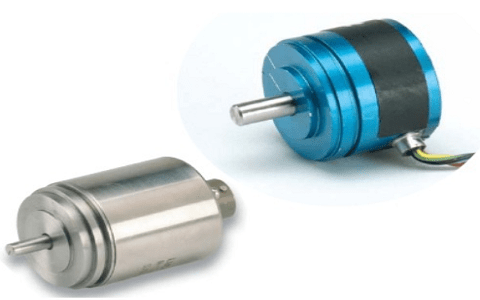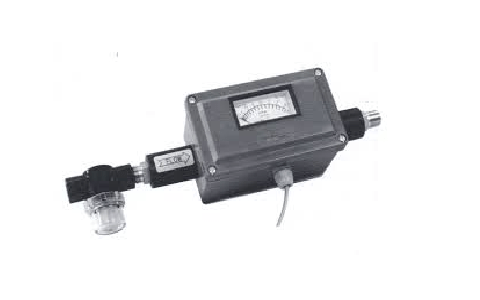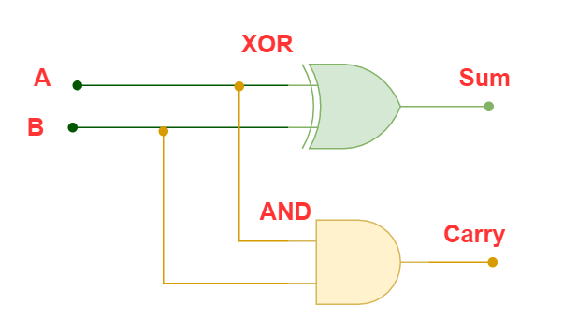In electronic circuits, resistors are the passive two-terminal devices used to regulate or reduce the flow of current in the circuit. Mostly fixed type resistors are used in the electronic circuits because of its fixed resistance value. The resistance is determined during the manufacturing process itself and it can't be varied like a variable type resistor. Based on the manufacturing process, the fixed type resistors are divided into 4 types such as carbon resistors, wire wound resistors, … [Read more...]
What is RGB LED : Circuit & Its Working
The term LED stands for Light Emitting Diode. In electronic circuits, the LED is a type of PN-junction semiconductor diode, which can emit light when current flows through the circuit in the forward direction. This indicates whether the electronic device is working or not. LEDs are widely used in various applications such as in cars, bikes, home appliances, offices, lighting, mobiles, televisions, etc. Usage of Multi-colored LEDs in the device reduces, cost, power and emits more than one colored … [Read more...]
What is a Varactor Diode : Working & Applications
In the digital electronic circuits, one of the basic essential devices is diodes. A diode consists of two terminals. These two terminals connected to the supply results in conduction. The way the terminal sare connected makes it classified as a forward-biased diode or reverse-biased diode. In forward bias, the diode allows the current to flow through it. During reverse bias, it blocks the flow of current. This reverse biasing is used in the case of the varactor diode. Based on the … [Read more...]
What is a Rheostat : Working & Its Applications
In an electric circuit many times it is desirable to restrict the current, which can either be done by reducing the voltage or increasing the resistance in the circuit (Ohm’s Law). A rheostat is a device that facilitates this. The word rheostat is derived from the Greek language meaning changing stream (current). It is a must for any electrical laboratory/workshop in order to carry out experiments under variable current and voltage conditions. This is done by inserting a variable resistance in … [Read more...]
What is a Gyroscope Sensor : Working & Its Applications
MEMS or Microelectromechanical systems are basically microsystems that have a very small size. It is an extremely advanced form of technology that has given rise to different electronic components like accelerometer and gyroscope sensor. An accelerometer is a device that can be used to detect non-gravitational motion. A gyroscope sensor, on the other hand, can be used to detect gravitational motion. Thus, we can see that a gyroscope sensor and an accelerometer complement each other. Both of … [Read more...]
What is a Parallel Plate Capacitor : Working & Its Applications
In the digital electronic platform, we are so dependent upon mobile applications and devices for entertainment or work purposes. To make it handy, laptops or mobile phones come with rechargeable batteries. These batteries follow the phenomena of charging and discharging. Once charged these become mobile. All the rechargeable circuits possess capacitors in it. These capacitors are filled with various dielectrics results in different types of capacitors. For example paper capacitor, mica … [Read more...]
RVDT : Rotary Variable Differential Transformer
RVDT full form is a Rotary Variable Differential Transformer, which is used to measure the angular displacement of the test circuit. It plays a significant role in the field of aircraft (to measure the aircraft throttle and flap control systems), aerospace, medical field to measure or vary the angular displacement and stabilize the system. The operation principle is similar to that of LVDT, wherein the cam-shaped core rotates between the winding with the help of shaft. In this article, a brief … [Read more...]
LVDT : Linear Variable Displacement Transformer
Linear variable differential transformer (LVDT) is a sensor module implemented to transform the input vibrations or mechanical motion into variable electric signals, electrical current, and voltage. Nowadays, with an increased number of sensor devices that are ready to accept the input signal and convert into the required form of energy, several factors such as precision, utilization at its utmost level, and percentage of accuracy play a crucial part in selection procedures. This article … [Read more...]
What is a Combinational Logic Circuit : Types and Applications
As the scope of digital technology and digital electronic circuits extends to many domains such as software, healthcare, automation, business and many, electronic representations of Boolean functions, numerous bands of logic gates are utilized to represent these digital signals. In the digital logic scenario, the output is completely a function of the current input. In a consequence of this process, logic gates that are used to represent digital circuits are categorized as sequential logic … [Read more...]
Basics of SCR : Construction, Working & Its Applications
The electric name of Silicon controlled or the semiconductor controlled rectifier (SCR) is Thyristor. These are the four-layered semiconductor devices where three terminals are known as the anode, the cathode, and the gate. Based on the triggering applied at the gate the device can be treated as a switch or used as a rectifier. These SCRs are unfit for amplifications. SCRs are responsible for conducting the flow of current in a single direction. Hence it is also a unidirectional device. It … [Read more...]
